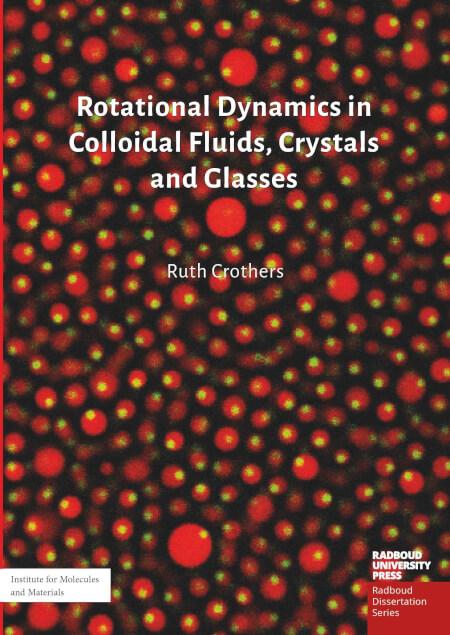Rotational Dynamics in Colloidal Fluids, Crystals and Glasses
Keywords:
Colloids, Rotational Dynamics, Interparticle Friction, Colloidal Synthesis, Confocal MicroscopySynopsis
A colloid consists of a particle with at least one dimension between a few nanometers and a few micrometers dispersed in a solvent. Colloids are commonly found in nature, in opals, milk and even our blood as well as in industry in creams, gels and paints. Colloidal particles are useful for several key reasons. Firstly, by tuning their concentration they exhibit analogous phase behaviour to atoms and molecules. However, unlike atoms and molecules, colloidal particles can be viewed on a microscope. This allows us to study the dynamics of colloidal particles in a liquid, crystal (ordered solid) or a glass (disordered solid) phase. The study of the translational dynamics of colloidal particles has led to several important discoveries, none more so than the proof that atoms exist. However, the subject of this thesis, the rotational dynamics of colloidal particles, and the author’s homeland, Northern Ireland, have a striking similarity; they are both often overlooked but when considered become incredibly complex. This work demonstrates that the rotations of spherical colloidal particles can yield key insight into the impact of friction in colloidal materials and tell an intriguing story.

Published
Series
Categories
License

This work is licensed under a Creative Commons Attribution-NonCommercial-NoDerivatives 4.0 International License.

